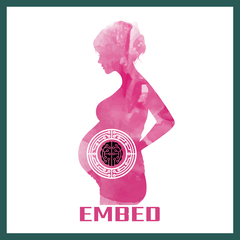In pregnancies involving preeclampsia (PE), there is evidence that the fetal-placental unit is under oxidative stress. Here we examined primary cell lines generated from umbilical cords (UC) delivered by mothers who had either a normal pregnancy or experienced early onset PE to determine whether the two had distinguishable phenotypes. While all UC provided outgrowths when established in 4 % O2, success was less assured for PE cords under ambient (20 % O2) conditions (P < 0.05). Moreover, proliferation rates of established PE lines, although similar to controls in 4 % O2, were significantly lower in 20 % O2. PE lines grown in 4 % O2 were also more susceptible to the pro-oxidant diethylmaleate than control lines, and unlike controls, were not protected by glutathione.; Transcriptome profiling revealed only a few differentially regulated genes between PE lines and controls in 4 % O2 conditions, but confirmed the more severely stressed phenotype of the PE lines under 20 % O2. We conclude that the primary UC cell lines generated from PE births maintain a susceptibility to oxidative stress that is stable over many cell divisions, but whether the basis of this vulnerability is genetic or epigenetic remains unclear.
RNA was isolated from early passages (< p5) of UC fibroblast lines (15 PE and 9 CTL lines, grown in T25 flasks) when they reached ~90% confluency in 4 % O2 conditions. In order to collect RNA from cells under 20 % O2, cell lines at either p 4, 5, or 6 were switched from 4 % O2 conditions to 20 % O2 conditions when they were approximately 20 % confluent. When they reached ~90% confluency (generally 2 days in 4 % O2 and 3-4 days in 20 % O2 conditions), medium was removed and RNA STAT60 (I ml; Tel-Test, Friendswood, TX) was immediately added to each T25 flask and RNA extracted by following the manufacturer’s instructions. The samples of RNA were submitted to University Texas Southwestern Medical Center Microarray Core Facility (https://microarray.swmed.edu/) and microarray analysis performed with Illumina HumanHT-12 v4 expression BeadChips. Raw intensity data were background subtracted by using BeadStudio software and analyzed further by GeneSpring 12.6 software (Agilent Technologies Inc., Santa Clara CA), according to the advanced workflow protocol: percentile shift and filter by flags (detected).
